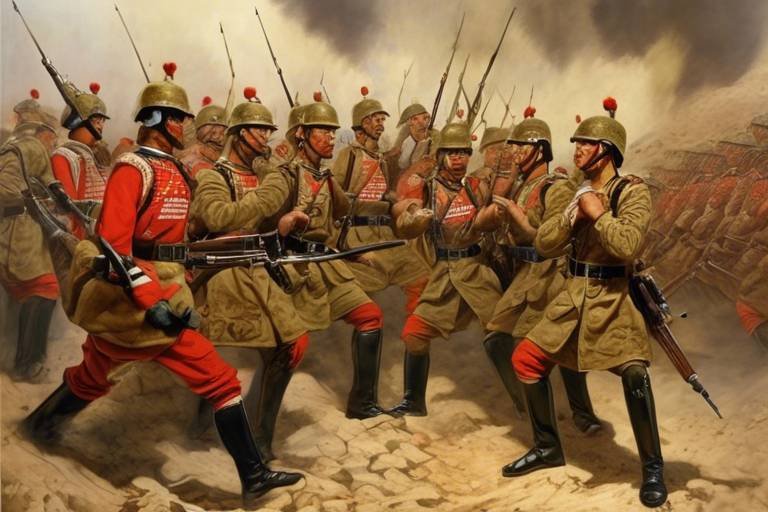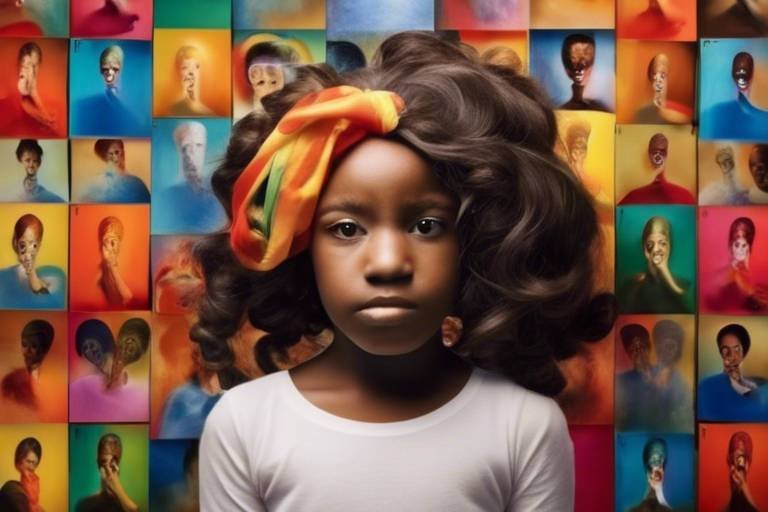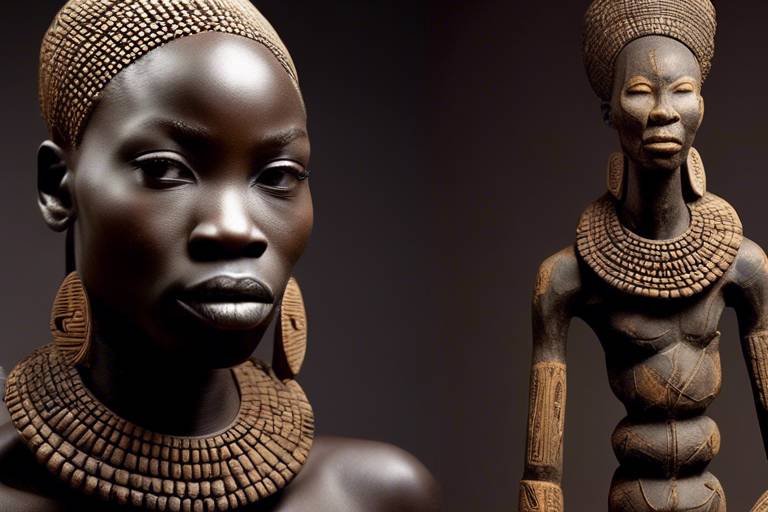The Art of War - Cultural Reflections in Military Art
Warfare has long been a subject of fascination and contemplation for artists across cultures and centuries. The intricate relationship between art and war unveils a profound reflection of cultural values, historical events, and societal perceptions of conflict. Military art, in its various forms, serves as a visual narrative that captures the essence of human struggle, triumph, and tragedy on the battlefield.
Throughout history, military art has evolved in tandem with the changing landscapes of warfare. From the ancient civilizations of Mesopotamia and Egypt to the modern battlefields of the 21st century, artists have depicted the horrors and heroism of war through paintings, sculptures, and other artistic mediums. These artworks not only document the evolution of military tactics and technology but also mirror the shifting attitudes towards war and its consequences.
The use of symbolism and iconography in military art is a powerful tool for conveying messages of power, patriotism, and propaganda. Colors, symbols, and imagery are strategically employed to evoke emotions, rally support, and immortalize heroic deeds. Whether portraying national pride, military prowess, or the horrors of conflict, these visual elements play a crucial role in shaping public perceptions of war and its participants.
Heroes and villains are central figures in the narrative of military art, embodying the virtues of courage and sacrifice or the vices of tyranny and oppression. Artists throughout history have glorified legendary warriors, condemned ruthless conquerors, and immortalized the ordinary soldiers caught in the crossfire. The portrayal of these characters reflects cultural norms, political ideologies, and societal values prevalent during different epochs.
Wars and conflicts have left an indelible mark on artistic movements, influencing styles, themes, and techniques in profound ways. The Romantic idealization of heroism, the Realist depiction of harsh realities, and the Modernist exploration of existential angst all bear the imprint of wartime experiences. Artists have grappled with the human cost of war, the devastation of communities, and the resilience of the human spirit through their creative expressions.
The representation of gender in military art offers a lens through which to examine societal attitudes towards masculinity, femininity, and identity in times of war. Women, LGBTQ individuals, and marginalized groups have been both celebrated and marginalized in wartime imagery, reflecting the complexities of gender roles and power dynamics in armed conflict. The evolving perspectives on gender in military art mirror broader societal shifts towards inclusivity and diversity.
Military art serves as a poignant medium for memorializing the sacrifices of fallen soldiers, honoring the bravery of veterans, and preserving the collective memory of past conflicts. War memorials, battlefield paintings, and commemorative sculptures stand as enduring tributes to those who have served and suffered in the name of duty and honor. Through art, we remember, reflect, and pay homage to the enduring legacy of those who have borne the burden of war.
Technological innovations have revolutionized the way artists depict warfare, offering new tools and mediums for creative expression. Digital art, virtual reality simulations, and multimedia installations provide immersive experiences that transport viewers to the frontlines of battle, eliciting visceral reactions and thought-provoking reflections. Artists harness these innovative technologies to push the boundaries of traditional military art and engage audiences in new and impactful ways.
Contemporary military art reflects the complexities and contradictions of the modern world, responding to global conflicts, social injustices, and political upheavals with creativity and activism. Street art murals, protest installations, and art interventions challenge conventional narratives of war, power, and resistance, inviting viewers to question, critique, and engage with the pressing issues of our time. Artists continue to be at the forefront of shaping public discourse, provoking thought, and inspiring change through their bold and provocative creations.
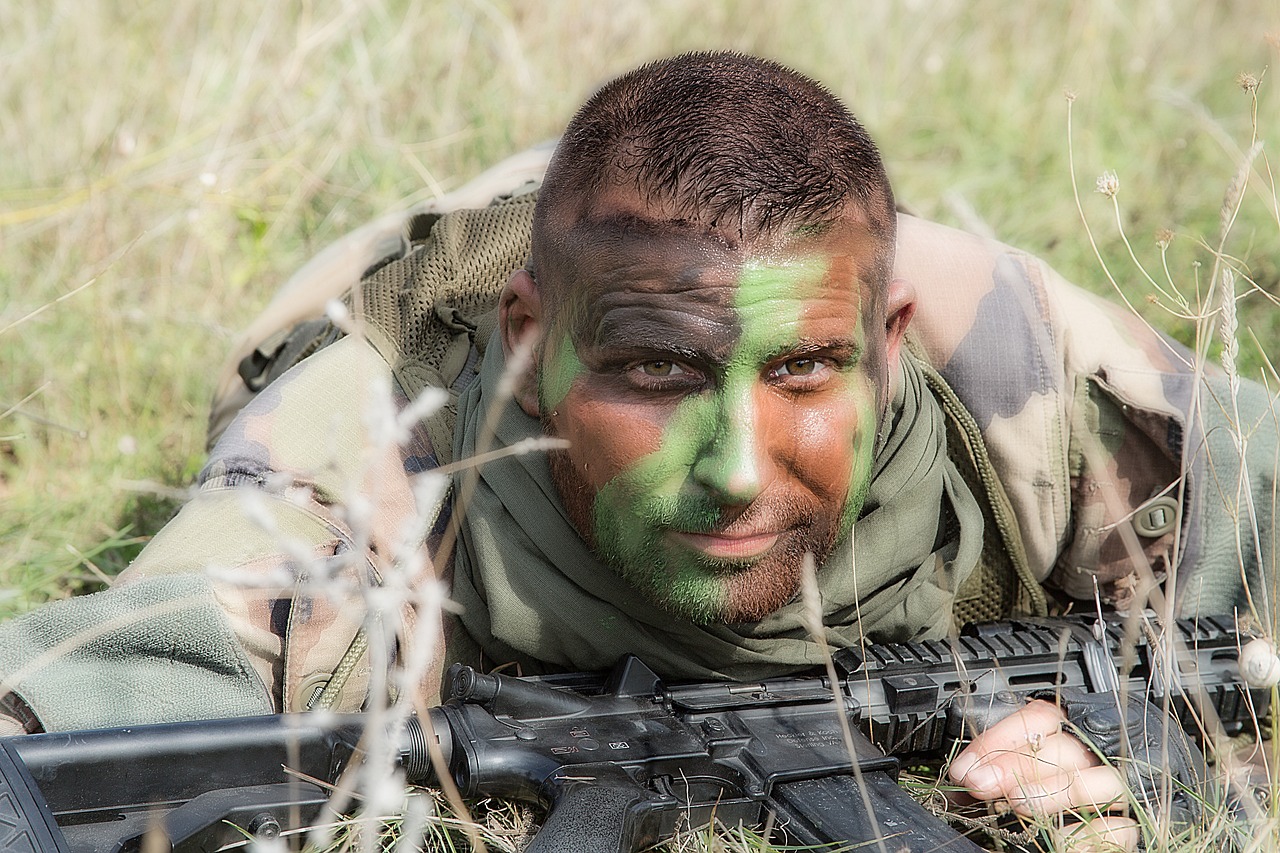
Historical Evolution of Military Art
Exploring the intersection of art and warfare, this article delves into how military art reflects cultural values, historical events, and societal perceptions of conflict through various artistic expressions.
Tracing the development of military art from ancient civilizations to modern times reveals a fascinating journey of artistic representation intertwined with the evolution of warfare. In ancient times, military art served as a means of glorifying victorious battles and powerful rulers, often depicted in intricate murals and sculptures. As civilizations progressed, the Renaissance period brought about a shift towards more realistic depictions of war, showcasing the human experience on the battlefield with greater detail and emotion. The advent of photography and later, digital art, revolutionized how wars were captured and portrayed, offering new perspectives and mediums for artists to explore the complexities of armed conflicts.
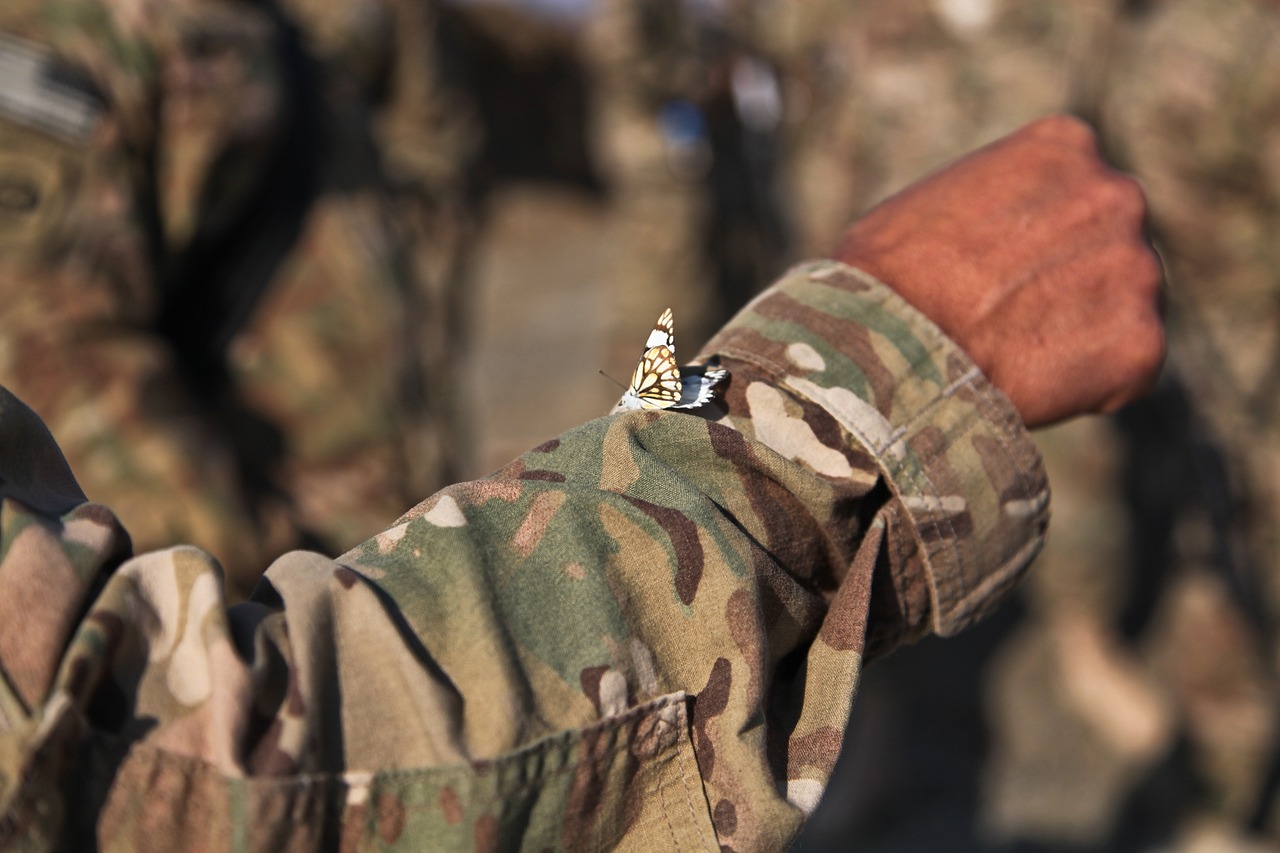
Symbolism and Iconography in Military Art
Exploring the intersection of art and warfare, this article delves into how military art reflects cultural values, historical events, and societal perceptions of conflict through various artistic expressions.
Symbolism and iconography play a crucial role in military art, serving as powerful tools to convey complex messages and evoke strong emotions. Through the use of symbols, colors, and imagery, artists communicate themes of power, heroism, nationalism, and propaganda, shaping the way wars and conflicts are perceived by the public.
For example, the color red is often associated with courage and sacrifice, while images of eagles symbolize strength and freedom. These symbols are not merely decorative elements but carry deep cultural meanings that resonate with viewers on a subconscious level, reinforcing the narratives of valor and patriotism.
Moreover, iconography in military art often portrays iconic figures such as generals, warriors, and national leaders as larger-than-life heroes or menacing villains. These representations are not just artistic interpretations but reflections of societal values and political ideologies, glorifying or demonizing individuals based on prevailing cultural narratives.
By analyzing the symbolism and iconography in military art, we can gain insights into the collective psyche of a society during times of war, understanding how visual elements shape perceptions and memories of historical events.

Portrayal of Heroes and Villains in Military Art
When it comes to military art, one of the most fascinating aspects is the portrayal of heroes and villains throughout history. Artists have long been tasked with capturing the essence of heroic figures, infamous leaders, and ordinary soldiers in their works, shaping the narratives of war and conflict. From ancient battle scenes to modern war photography, military art has played a crucial role in glorifying or vilifying individuals based on cultural narratives and political agendas.
In the realm of military art, heroes are often depicted as symbols of courage, honor, and sacrifice. These figures are immortalized in paintings, sculptures, and monuments, serving as inspirational icons for future generations. Whether it's a legendary warrior from antiquity or a modern-day war hero, artists use their talents to elevate these individuals to a status of reverence and admiration. Through their art, heroes become larger than life, embodying the virtues and values society holds dear.
Conversely, villains in military art are portrayed in a starkly different light. Infamous leaders, tyrants, and oppressors are often depicted with sinister undertones, emphasizing their cruelty, greed, and thirst for power. Artists use visual cues such as dark colors, menacing expressions, and imposing stances to evoke feelings of fear, disgust, and contempt towards these antagonistic figures. By casting villains in a negative light, military art reinforces societal norms and values, condemning those who commit atrocities and sow discord.
Moreover, military art doesn't just focus on individual heroes and villains but also captures the collective spirit of warfare. Ordinary soldiers, representing the backbone of any army, are often portrayed in scenes of camaraderie, resilience, and sacrifice. These depictions humanize the faceless masses of war, shedding light on the individual stories and struggles that unfold on the battlefield. Artists strive to honor the unsung heroes of conflict, paying tribute to the countless men and women who have served their countries with valor and dedication.
Through the portrayal of heroes and villains in military art, artists not only document historical events but also shape public perceptions of war and conflict. By examining these artistic representations, we gain insight into the cultural values, moral judgments, and societal ideals that underpin our understanding of heroism and villainy in the context of armed conflict.
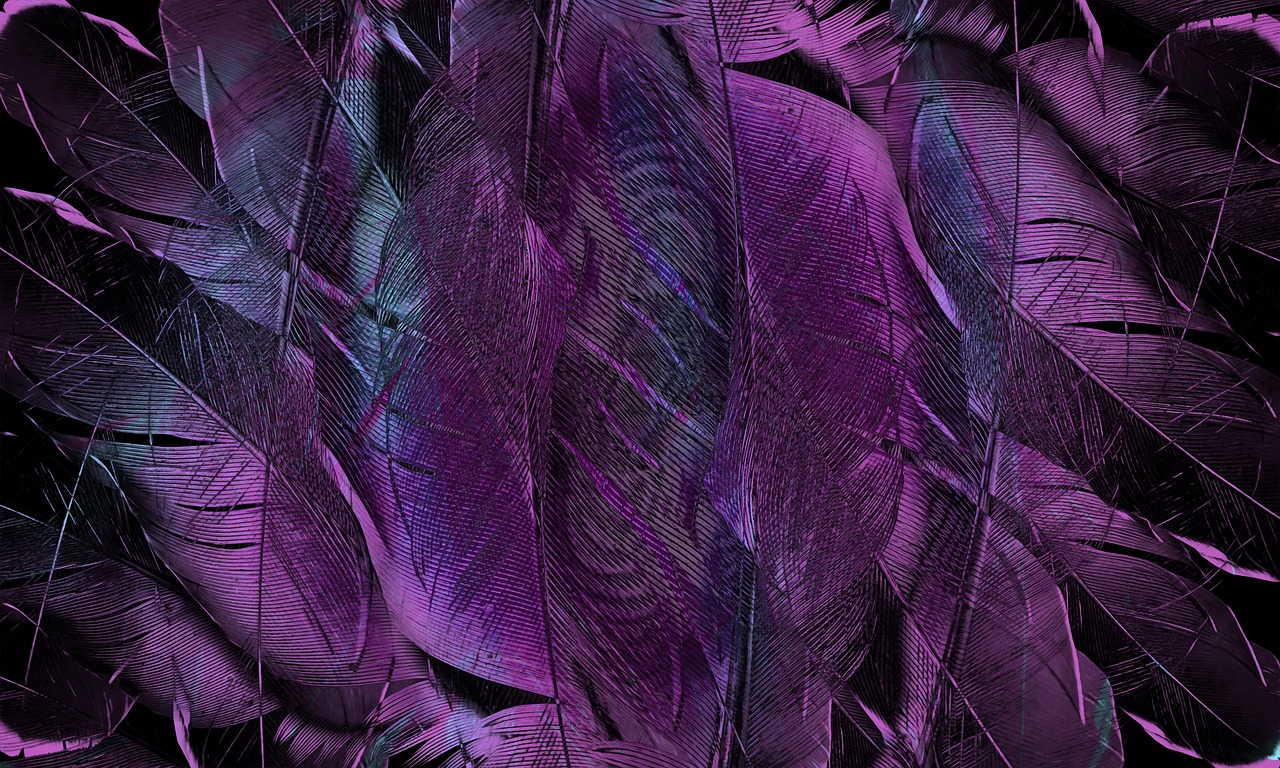
Impact of War on Artistic Movements
Exploring the intersection of art and warfare, this article delves into how military art reflects cultural values, historical events, and societal perceptions of conflict through various artistic expressions.
Tracing the development of military art from ancient civilizations to modern times, showcasing how artistic representations of war have evolved alongside technological advancements and changing societal norms.
Analyzing the use of symbols, colors, and imagery in military art to convey messages of power, heroism, nationalism, and propaganda, highlighting the significance of visual elements in shaping public perceptions of war.
Examining how military art depicts heroic figures, infamous leaders, and ordinary soldiers, illustrating how artists glorify or vilify individuals based on cultural narratives and political agendas.
Wars and conflicts have deeply influenced artistic movements throughout history. From the emotional intensity of Romanticism to the stark realism of the Realist movement, and the avant-garde experimentation of Modernism, artists have responded to the horrors and tragedies of war through their creations. The trauma and devastation caused by war have often served as a catalyst for artistic innovation and expression, pushing artists to explore new forms, techniques, and subjects that reflect the harsh realities of armed conflict. The impact of war on artistic movements is a testament to the enduring influence of human struggle and resilience on the creative spirit.
Investigating the portrayal of gender roles in military art, exploring how women, LGBTQ individuals, and marginalized groups have been depicted in wartime imagery, and analyzing the evolving perspectives on gender in the context of armed conflict.
Discussing the role of military art in commemorating fallen soldiers, honoring veterans, and preserving collective memories of past conflicts, highlighting how art serves as a medium for remembrance and reflection.
Examining the use of new technologies such as digital art, virtual reality, and multimedia installations in depicting warfare, showcasing how artists leverage innovative tools to create immersive and thought-provoking representations of military themes.
Exploring current trends in military art, including the rise of street art, protest art, and art activism in response to global conflicts and social injustices, illustrating how artists continue to engage with the complexities of war in the modern world.
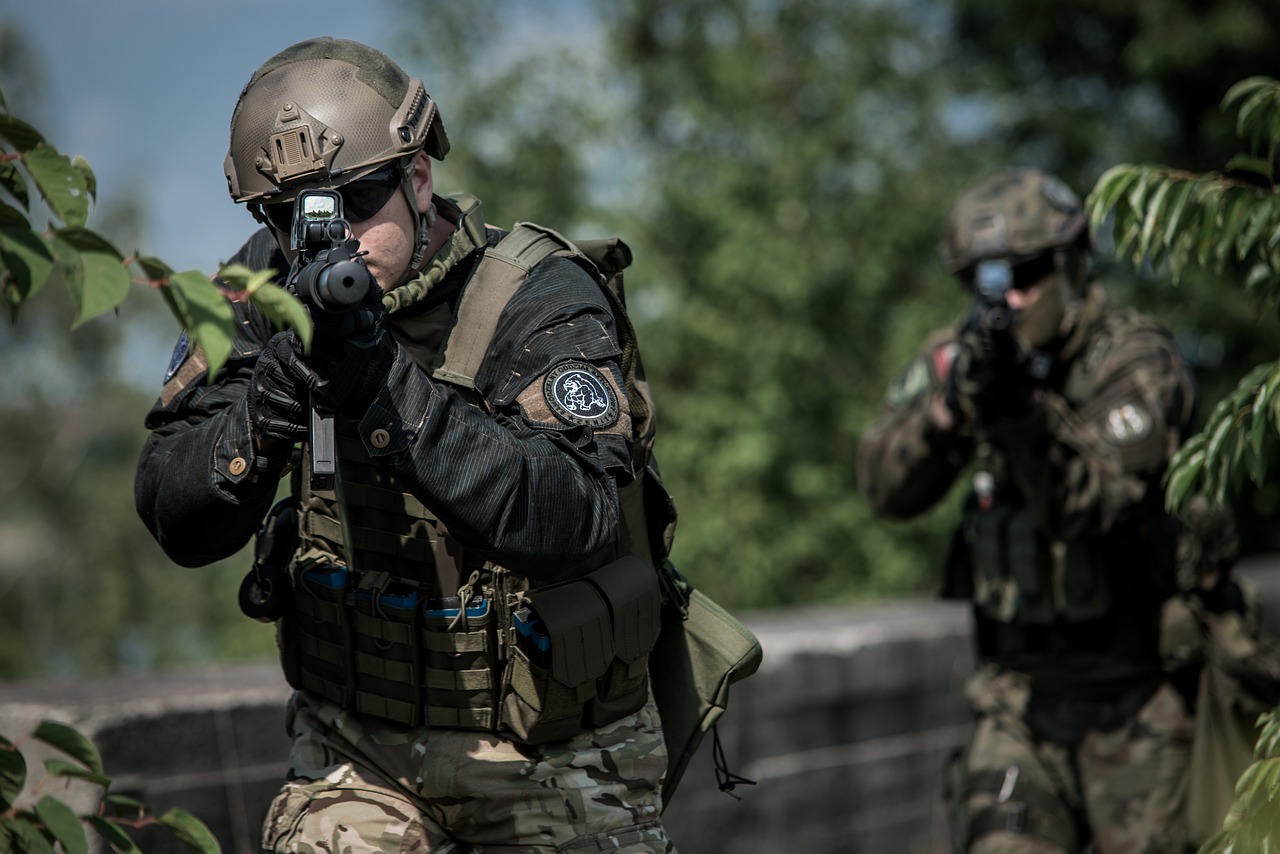
Gender Representation in Military Art
Exploring the intersection of art and warfare, this article delves into how military art reflects cultural values, historical events, and societal perceptions of conflict through various artistic expressions.
Tracing the development of military art from ancient civilizations to modern times, showcasing how artistic representations of war have evolved alongside technological advancements and changing societal norms.
Analyzing the use of symbols, colors, and imagery in military art to convey messages of power, heroism, nationalism, and propaganda, highlighting the significance of visual elements in shaping public perceptions of war.
Examining how military art depicts heroic figures, infamous leaders, and ordinary soldiers, illustrating how artists glorify or vilify individuals based on cultural narratives and political agendas.
Exploring how wars and conflicts have influenced artistic movements such as Romanticism, Realism, and Modernism, revealing how artists have responded to the atrocities and traumas of war through their creations.
Investigating the portrayal of gender roles in military art, exploring how women, LGBTQ individuals, and marginalized groups have been depicted in wartime imagery, and analyzing the evolving perspectives on gender in the context of armed conflict.
Discussing the role of military art in commemorating fallen soldiers, honoring veterans, and preserving collective memories of past conflicts, highlighting how art serves as a medium for remembrance and reflection.
Examining the use of new technologies such as digital art, virtual reality, and multimedia installations in depicting warfare, showcasing how artists leverage innovative tools to create immersive and thought-provoking representations of military themes.
Exploring current trends in military art, including the rise of street art, protest art, and art activism in response to global conflicts and social injustices, illustrating how artists continue to engage with the complexities of war in the modern world.
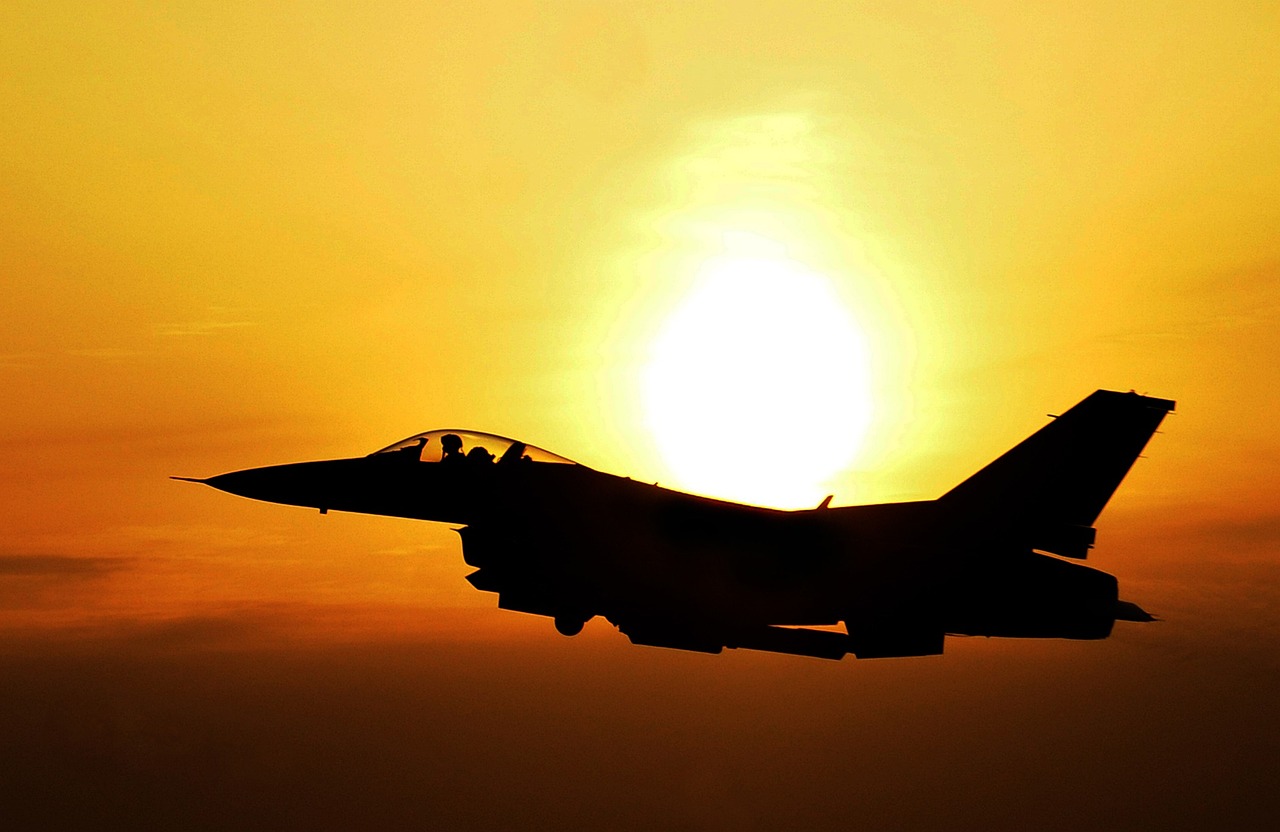
Memorialization and Commemoration Through Military Art
Memorialization and commemoration through military art play a crucial role in honoring the sacrifices of soldiers, preserving the memories of past conflicts, and fostering a sense of national pride and remembrance. Military art serves as a powerful medium for immortalizing the bravery and valor of fallen heroes, ensuring that their sacrifices are never forgotten. Through poignant paintings, sculptures, and memorials, artists capture the essence of war, evoking emotions of respect, gratitude, and solemn reflection.
One significant aspect of military art is its ability to create lasting tributes to those who have served their countries with courage and dedication. War memorials, adorned with intricate designs and poignant inscriptions, stand as solemn reminders of the human cost of conflict and the resilience of the human spirit in the face of adversity. These artistic expressions of remembrance serve as focal points for collective mourning, remembrance ceremonies, and national commemorations, uniting communities in shared grief and gratitude.
Moreover, military art plays a vital role in commemorating veterans and celebrating their service to their countries. Through portraits, sculptures, and installations, artists pay homage to the sacrifices and contributions of those who have served in the armed forces, offering a visual testament to their courage and commitment. These artistic tributes not only honor individual veterans but also serve as symbols of national unity and solidarity, fostering a sense of pride and appreciation for the sacrifices made in defense of freedom and democracy.
Additionally, military art contributes to the preservation of collective memories of past conflicts, ensuring that the lessons of history are not forgotten. By depicting pivotal moments in wartime history, artists create visual narratives that educate future generations about the realities of war, the human toll of conflict, and the enduring legacy of sacrifice. Through evocative imagery and symbolic representations, military art serves as a bridge between the past and the present, allowing viewers to connect with the experiences of those who have served and sacrificed in the name of peace and freedom.
In conclusion, memorialization and commemoration through military art serve as powerful expressions of gratitude, remembrance, and reflection, honoring the sacrifices of soldiers, veterans, and civilians affected by war. Through artistic interpretations of courage, sacrifice, and resilience, military art preserves the memories of past conflicts, celebrates the heroism of individuals, and fosters a collective sense of national identity and pride. By engaging with themes of remembrance and commemoration, military art continues to play a vital role in shaping our understanding of the human experience in times of conflict and adversity.
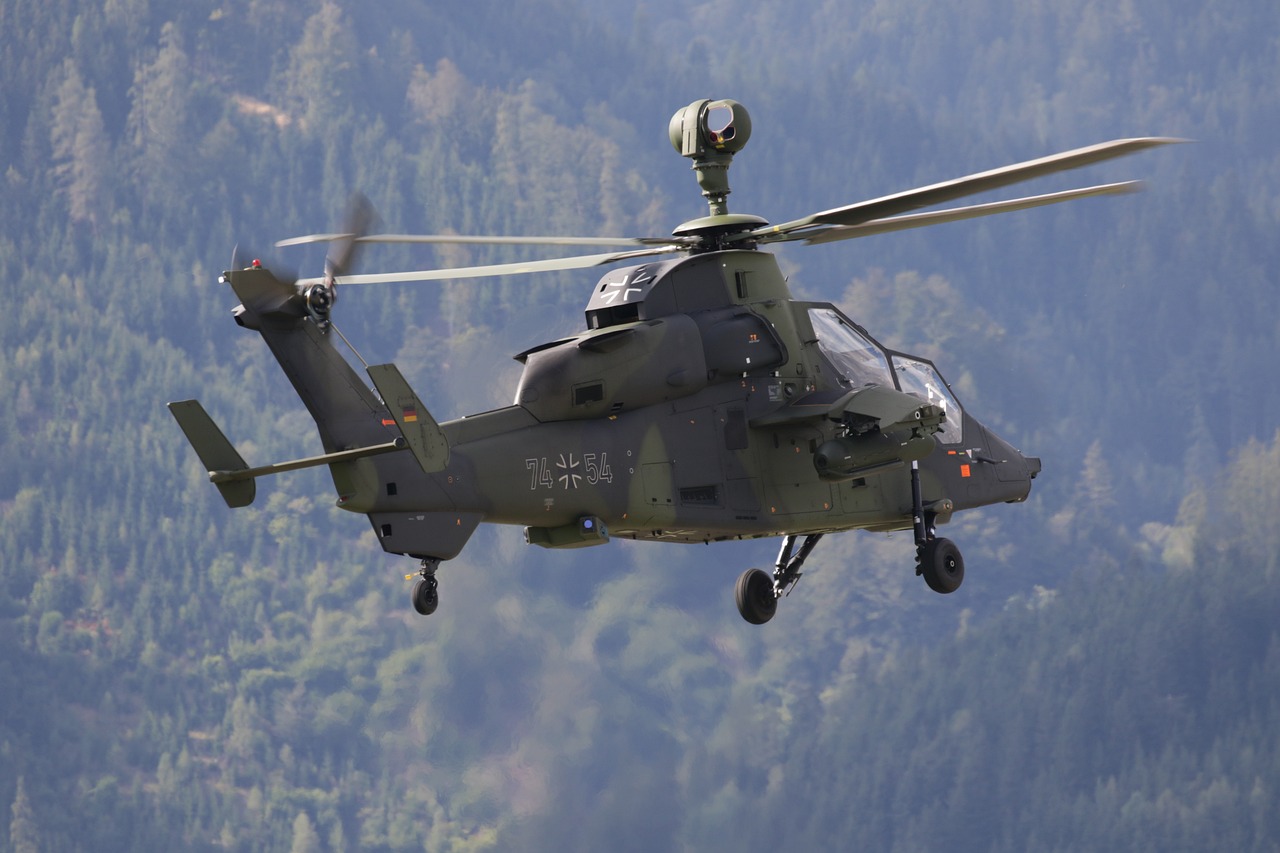
Technological Innovations in Military Art
Technological innovations in military art have revolutionized the way artists depict warfare, offering new tools and mediums to explore the complexities of armed conflict. With the advent of digital art, artists can create intricate and detailed compositions that capture the intensity and emotion of battle scenes with unprecedented realism. Virtual reality technology allows viewers to immerse themselves in the artwork, experiencing the chaos and devastation of war firsthand.
Furthermore, multimedia installations combine various artistic elements such as sound, video, and interactive components to engage audiences on multiple sensory levels, creating a dynamic and interactive viewing experience. These innovative approaches not only push the boundaries of traditional art forms but also challenge viewers to confront the harsh realities of war in a more visceral and impactful way.

Contemporary Trends in Military Art
Contemporary trends in military art reflect the dynamic nature of artistic expressions in response to modern conflicts and social issues. Artists today are increasingly turning to street art, protest art, and art activism as powerful mediums to convey messages of resistance, resilience, and solidarity in the face of global turmoil. Street art, with its bold and often politically charged imagery, serves as a form of public commentary on war, violence, and injustice, engaging viewers in critical conversations about the impact of conflict on communities. Protest art, on the other hand, harnesses the power of symbolism and visual storytelling to challenge dominant narratives and advocate for peace, human rights, and social change. Artists involved in art activism use their creative platforms to raise awareness about pressing issues such as refugee crises, environmental destruction, and the consequences of militarization, sparking dialogue and mobilizing audiences to take action.
Frequently Asked Questions
- What is the significance of military art?
Military art serves as a visual representation of cultural values, historical events, and societal perceptions of conflict. It reflects the evolution of warfare, the portrayal of heroes and villains, the impact of war on artistic movements, and the commemoration of fallen soldiers.
- How does symbolism play a role in military art?
Symbolism in military art is used to convey messages of power, heroism, nationalism, and propaganda. Artists utilize symbols, colors, and imagery to shape public perceptions of war and to communicate complex narratives related to armed conflict.
- What is the relationship between gender representation and military art?
Military art explores the portrayal of gender roles in wartime imagery, showcasing the depiction of women, LGBTQ individuals, and marginalized groups. It delves into the evolving perspectives on gender within the context of armed conflict and how artists interpret these narratives.
- How do technological innovations impact military art?
Technological advancements such as digital art, virtual reality, and multimedia installations have revolutionized the way warfare is depicted in art. Artists leverage innovative tools to create immersive and thought-provoking representations of military themes, engaging with contemporary trends in the art world.
- What are some contemporary trends in military art?
Contemporary military art trends include street art, protest art, and art activism responding to global conflicts and social injustices. Artists continue to engage with the complexities of war in the modern world, using their creations to provoke dialogue and raise awareness about pressing issues.

